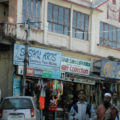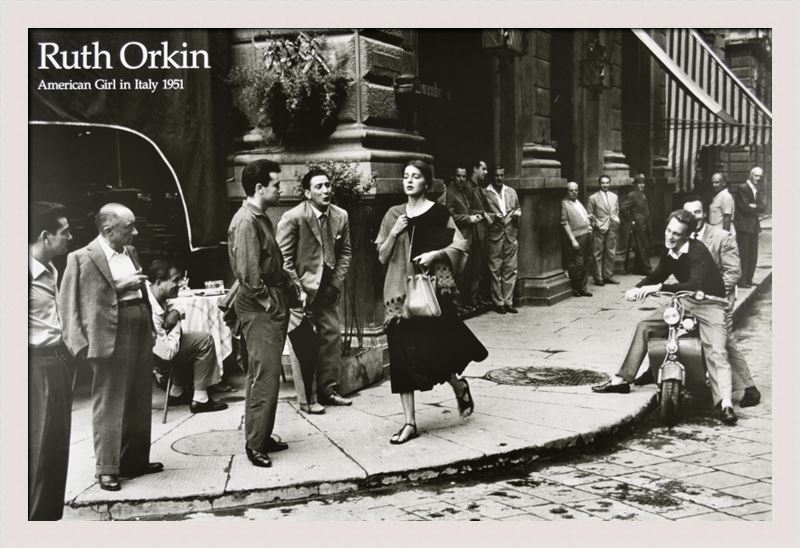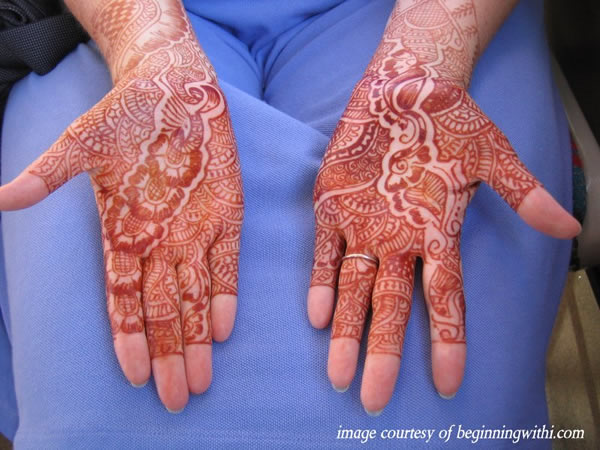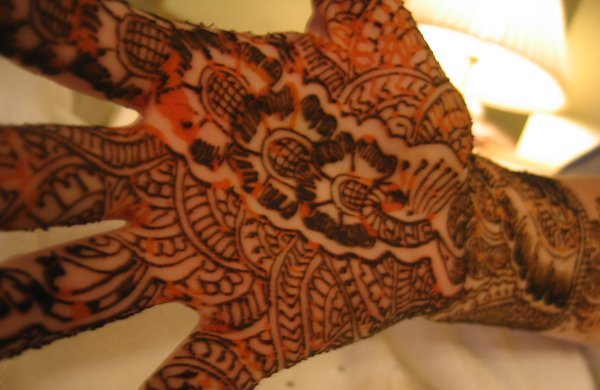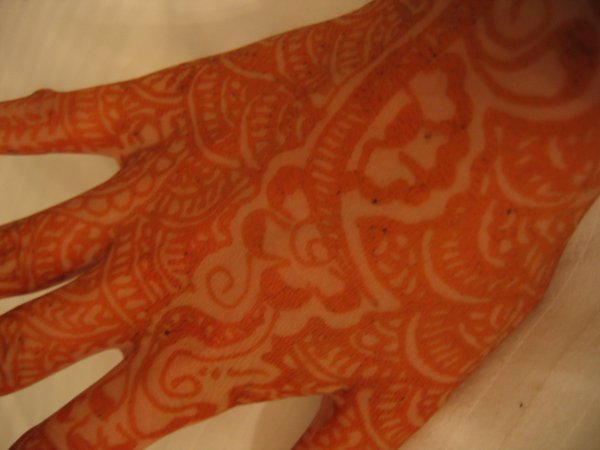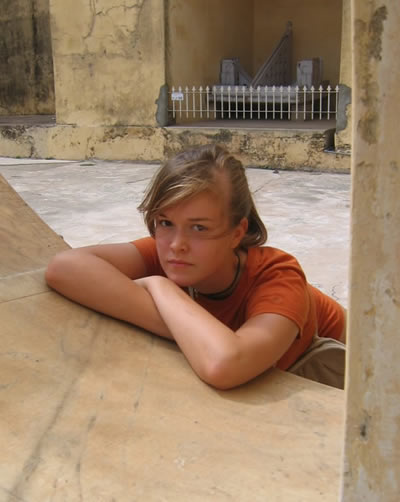So my daughter will be going to Woodstock School. Given my obvious enthusiasm for the place, you may assume that I’m ecstatically happy about this – and I am. But there is also plenty of room for doubts and worries and sorrow. What do I do with feelings like these? What I always do: write about it! <wry grin>
First, there’s the practical side: we have a lot to do to get ready. So, for the benefit of other current and future Woodstock parents, I figured I might as well write about that.
Health
Every seasoned traveller knows that before travelling to (what used to be called) third-world countries, you need to get shots. Ross and I went through this two years ago in preparation for our trip to India in the summer of 2005. The travellers’ health clinic of our local health agency in Lecco was able to advise on and administer everything we needed. Ross made an appointment to check what was needed this time around. Since she’s still a minor, I had to go with her.
Turns out we had forgotten to get her Hepatitis A booster that was due 6-12 months after the first one – the nurse scolded us, but didn’t seem to think it was really a big deal. She gave us a lecture (again) on when Ross should take malaria prophylaxis, and that was that – at a cost of 45 euros.
Enrico is concerned about health care for Ross at Woodstock – not that she has any special needs, he’s just worried about health in India in general (although, during our trip in 2005, it was me who got sick, not Ross).
There wasn’t much information on the school or SAGE website about this (an oversight now being remedied), but I know that the school has its own health center with nurses and a doctor, and that Landour Community Hospital (LCH), where many Woodstockers were and still are born, is just outside the school gates. I also know that India can boast world-class healthcare these days, at least in the big cities – indeed, “health tourism” is becoming a booming business.
As it turns out, LCH is getting a facelift (maybe much more – I don’t have details yet), thanks to my classmate Sanjay (who has also revamped the school’s kitchens – an area of natural interest for him as he’s in the restaurant business). So the quality of care available right on Woodstock’s doorstep is improving.
There is also some sort of catastrophic health insurance available through SAGE I think, we’re waiting to hear about that from them. I’m not sure it provides for a medical evacuation to the home country, but someone mentioned that it would pay a ticket for a parent to come in case of serious hospitalization. I’ll report the details when I have them.
The SAGE package we received recently includes a medical history and a form to be filled out by our family doctor with data from a physical exam, plus Ross will have to get blood, urine, and stool tests. This all makes sense – the school needs to know up front that these kids don’t have health problems when they arrive. But it’s going to be a mad scramble to get it all quickly – SAGE wants these forms back by June 1st.
Normally such tests might be free or subsidized in the Italian health care system, but waiting times can be so long for non-emergency testing that I’ll probably have to pay to have the lab work done privately. At least the exam by the family doctor shouldn’t cost.
What to Bring?
It may seem ironic for a school in India, but my greatest concern in this category is warm clothing. Woodstock is 7000 feet up in the “foothills” of the Himalayas, where it’s plenty cold and snowy in winter, and most of the buildings are far too old to have anything like central heating.
For this reason, the school year traditionally ran from late July to late June, with the long vacation from early December to mid February. It could still be bitterly cold even in late February – I remember one year when music practices were suspended because our fingers were too stiff to play.
Lucky Ross: the school calendar is changing this year, with classes starting August 8th, vacation December 14-Jan 22, and graduation May 30th. The idea is to align Woodstock with US schools and colleges, in part to have more time to prepare for AP exams in the spring. So the students will be in Mussoorie for much of the winter – brr!
Ross initially pooh-poohed my suggestion of long underwear (SO unfashionable). I have tried to explain to her that you’ve never known real cold until you’ve had chilblains. I’m buying her the long underwear anyway – and she’s more convinced now that she’s seen it on the packing list we just received from SAGE. At least she recognizes the depth of motherly love demonstrated by my offer to give her my very warmest ski socks (I have a fetish for socks, and my feet are always cold).
Ross has also been put in touch with a current SAGE student whose advice she can ask on what else is and isn’t needed.
One major purchase will be a laptop; though the school has computers for student use, Ross is accustomed to having her own: at home she uses my “old” desktop, and she can’t imagine life without it close at hand to organize and PhotoShop her photos.
Student Visa
I dread facing the Indian consulate in Milan again, it’s always chaos. We will have to go there to get Ross a student visa for India, but we can’t do it until after June 1st (at the earliest), because the visa is good for exactly one year. Getting the visa should be straightforward – the school is sending a “bona fide student” letter vouching for her status. But I’m always afraid that something will go wrong with this, so I won’t really rest easy until she’s got that damned visa in her passport.
It’s amusing to compare and contrast all this with my own thirty-year-old memories of preparing for Woodstock.
Your thoughts?



